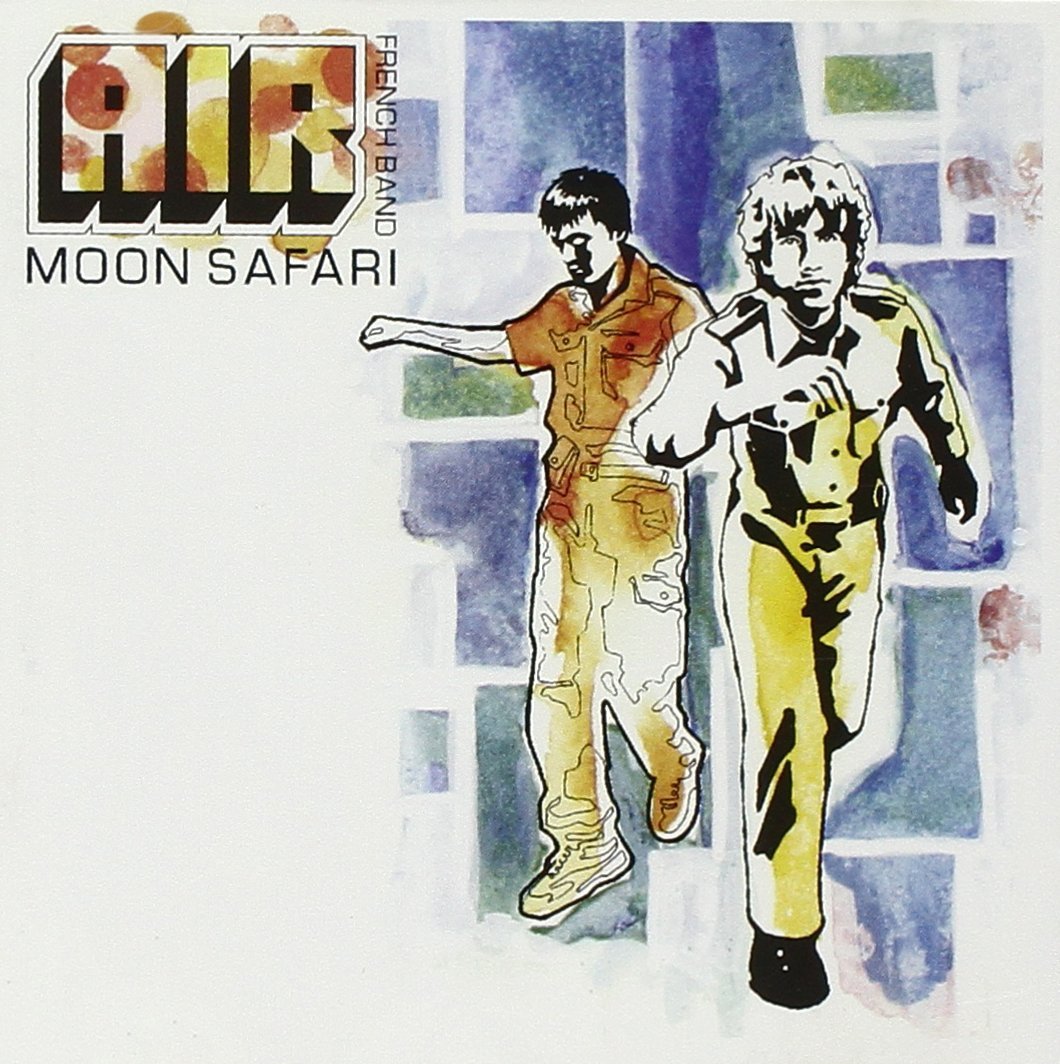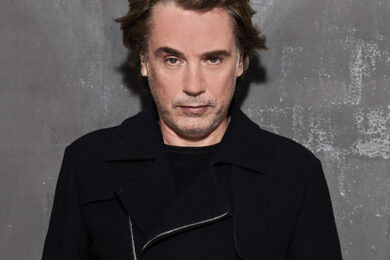2. AirMoon Safari

When Air released their first album, I said to myself, "Wow, I feel so close to these guys." We used to say to one another, as we worked on some electronica before: "There is some Oxygène in Air." There is obviously some kind of common denominator and what is it? You know, electronic music has nothing to do with jazz, blues or rock, nothing to do with America basically. It originally started in continental Europe: in Germany and France, with people like Pierre Schaeffer at the Groupe de Recherche de Musique Concrète; in Italy, with Luigi Russolo and his Art Of Noises manifesto; in Russia, with Léon Theremin, and so on. It all has a heritage of classical music. This long instrumental piece of music, not formatted as a pop song. When I started, for instance, you definitely had Pierre Schaeffer and Pierre Henry and myself in France, Tangerine Dream and Kraftwerk in Germany, and we all had different approaches to electronic music. The Germans had a cold, robotic style of philosophy, with Tangerine Dream leaving the stage with sequences showing that the machine is controlling us. I myself had more of an impressionist approach to sound, like doing soundscapes. I was also very influenced by artists such as Jackson Pollock, Pierre Soulages and other abstract painters, where you work in an intuitive way to create an emotional link, hijacking the technology for providing emotions.


